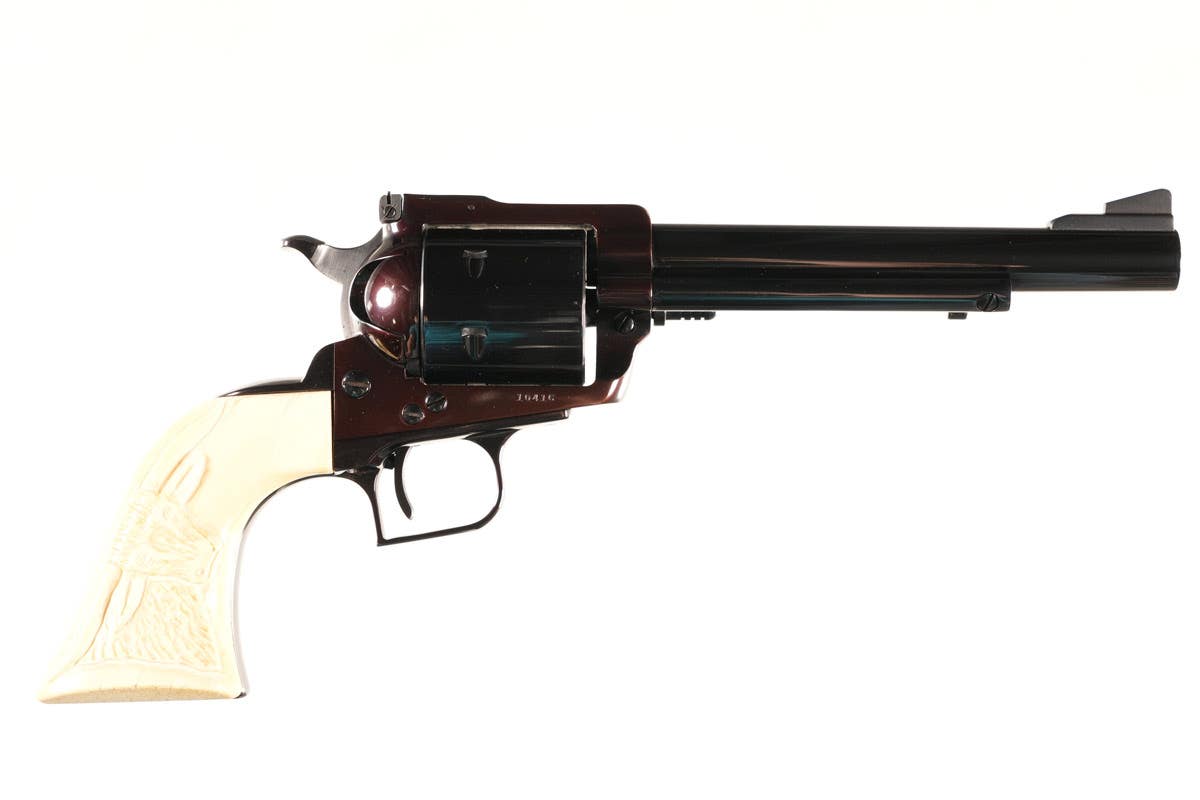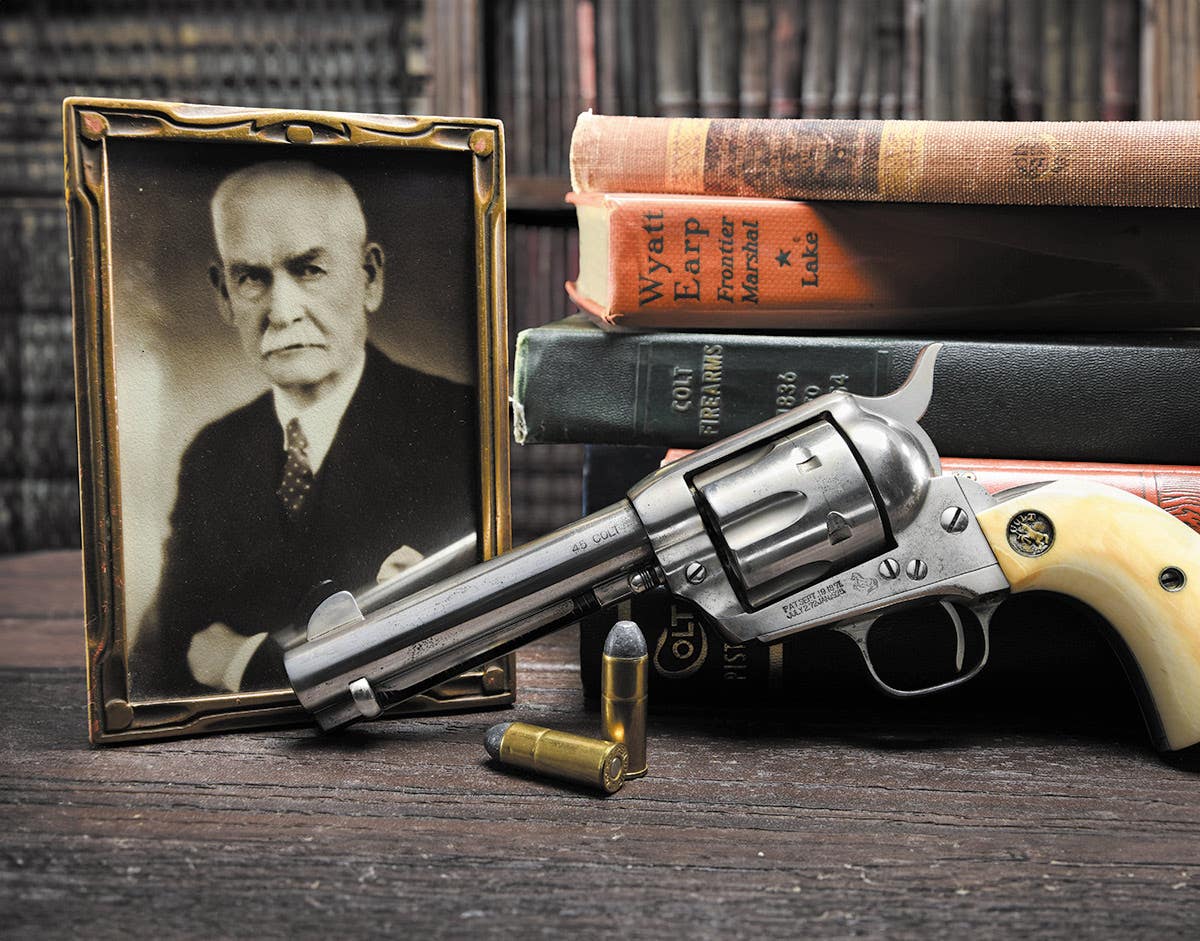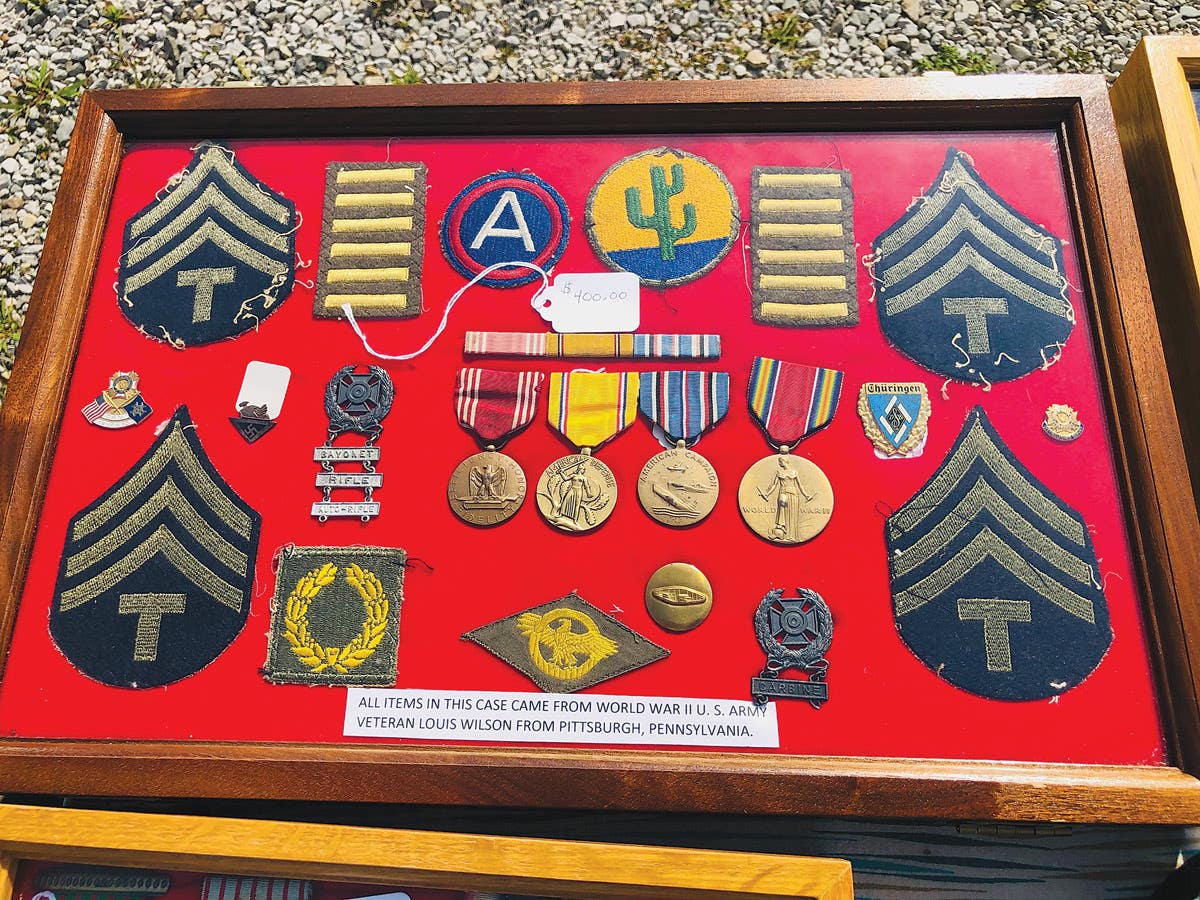And then there were three…WWI Vet turns 106
More than 4.7 million Americans joined the military from 1917-18, but the U.S. Department of Veterans Affairs says only three survive.
Charles Town, W.Va.--Frank Buckles is 106 now and not as spry as he used to be. But try to help him from a chair to his feet, and he will bellow a loud, clear "No." Ninety years after the headstrong teenager lied his way into a uniform, then the European theater of World War I, the older version of that boy remains fiercely independent, determined to live life on his terms, at his pace.
That means to learn about Buckles, you'll need to sit a spell - to hear stories of a lifetime that hardly seems possible today, to hear stories of a war that few are still able to tell.
More than 4.7 million Americans joined the military from 1917-18, but the U.S. Department of Veterans Affairs says only three survive. For decades, Buckles sat in the living room of his stone farmhouse in a scenic corner of West Virginia and read issues of a military magazine called The Torch, watching that list dwindle.
This photo provided by the Buckles Family shows Frank Buckles' enlistment photo into the U.S. Army August 1917. More than 4.7 million Americans joined the military from 1917-18, but the U.S. Department of Veterans Affairs says only three survive. Buckles, 106, is the youngest of the known survivors. (AP Photo/courtesy of the Buckles Family)
"Soon, I was able to say, 'Oh my gosh, I am going to be one of the last,'" he says.
Buckles is the youngest of the known survivors; the others are 107-year-old Harry Landis of Sun City Center, Fla., and 108-year-old J. Russell Coffey of North Baltimore, Ohio. None of the three saw action.
John Babcock, 106, from Spokane, Wash., served in the Canadian Army.
Buckles moves slowly now, his small frame stooped. Both ears require mechanical assistance, but his mind is sharp, with names and numbers from the early part of the 20th century slipping readily from his tongue.
He speaks Spanish and German, even surprising a visitor of Filipino descent with a warm send-off in Tagalog, a remnant of 3 1/2 years spent as a civilian prisoner of war in the Philippines during World War II.
And his eyes twinkle when he's joking.
His living room is full of mementos, commendations and photos, including one of French President Jacques Chirac presenting Buckles a Legion of Honor medal in 1999.
But his military service was just a moment in time, an escapade from an era when a boy with a quick mind and convincing tale could talk his way into anything.
Buckles was born Feb. 1, 1901, near Bethany, Mo., and raised on a farm. At 15, he delivered a load of horses to Oklahoma, landed a job at a bank and moved into a hotel.
When the U.S. entered the war in April 1917, "I wanted to get out and do something," he remembers.
But he was only 16.
"I went to the state fair up in Wichita, Kansas, and while there, went to the recruiting station for the Marine Corps," he says. "The nice Marine sergeant said I was too young when I gave my age as 18, said I had to be 21."
Buckles returned a week later.
"I went back to the recruiting sergeant, and this time I was 21," he says with a grin. "I passed the inspection ... but he told me I just wasn't heavy enough."
Then he tried the Navy, whose recruiter told Buckles he was flat-footed.
Still, Buckles wouldn't quit. In Oklahoma City, an Army captain demanded a birth certificate.
"I told him birth certificates were not made in Missouri when I was born, that the record was in a family Bible. I said, 'You don't want me to bring the family Bible down, do you?'" Buckles says with a laugh. "He said, 'OK, we'll take you.'"
He enlisted Aug. 14, 1917, serial number 15577.
Buckles went to Fort Logan, Colo., then Fort Riley, Kan., before boarding a ship to England. There, he worked mainly as a warehouse clerk and a driver, using off-duty hours to visit statues, cathedrals, tombs and museums.
"But I was still trying to get to France," Buckles says, "and I would pester every officer of any rank to get there."
After a few months, he landed an assignment escorting an officer to France, where he used his down time to cruise the countryside on a bicycle.
After Armistice Day, Buckles helped return prisoners of war to Germany. In January 1920, he returned to the States aboard the USS Pocahontas with $143.90 in his pocket.
Legions of men were coming home, all looking for jobs.
Landis, who trained as an Army recruit for two months at the end of the war, signed up to fight the Germans again in 1941, but was rejected as too old at 42. He became a manager at S.S. Kresge Co., which later became K-Mart, in Niagara Falls, N.Y., and Dayton, Ohio.
Coffey, discharged a month after the war ended, played semipro baseball in Akron, Ohio, earned two degrees from Ohio State University and a doctorate from New York University and taught in high school and college.
For his part, Buckles rejected his father's suggestion that he go back to school. He noticed how quickly Army field clerks had been promoted, so he signed up for training in shorthand and typing, working a night job at an Oklahoma City post office for 60 cents an hour.
When he'd saved up $100, he hopped a train to Toronto, where he rented a room for $3 a week, wrote letters and landed a string of jobs over two years. Then he moved to New York, where he worked in banking and advertising.
But it was the shipping industry that suited him best, and he explored the west coast of South America while working for W.R. Grace & Co.
"I knew every port all the way down and most of the interior cities. You had to memorize them and know where they were," Buckles says. "In those days, when you'd leave New York, you're on your own. You've got to know the business 'cause ... nobody calls you on the telephone."
Then in 1941, while on business in the Philippines, the man who had tried so hard to reach the front lines of World War I was captured by the Japanese, a civilian prisoner of World War II.
A man who brought him food during those 3 1/2 years became a lifelong friend, well after Buckles had returned home, married and raised a daughter.
When the Filipino man's three daughters were old enough, it was Buckles who paid their college tuition.
Today his own daughter, Susannah Flanagan, who keeps him company on the family's 330-acre farm.
"I was never actually looking for adventure," Buckles says. "It just came to me."
--Vicki Smith







